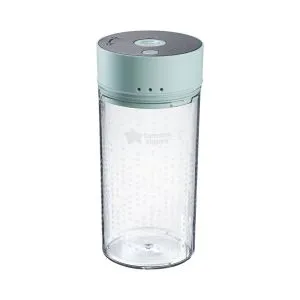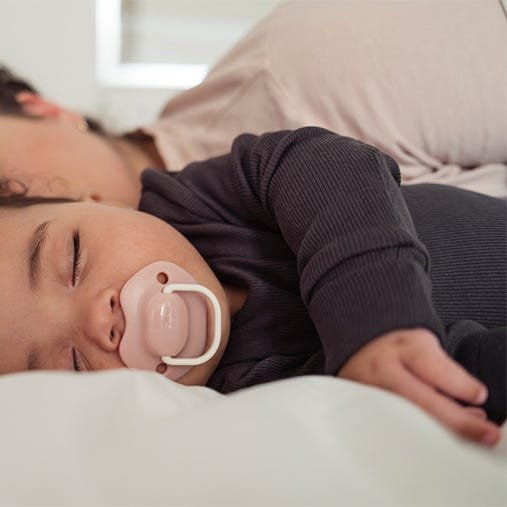What are the main causes of sleep regression?
Now that we've covered what sleep regression is, let's run through the most common contributing factors that can cause sleep regression in babies.
- Reaching new developmental milestones: Learning exciting new skills like rolling over, crawling, sitting up, and walking can all lead to changes in a little one's sleeping pattern.
- Growth spurts: These can also make babies extra-hungry – a double whammy!
- Ready for a schedule adjustment:
- Feeling unwell: Just like adults, if a baby is feeling under the weather their sleep is likely to be affected.
- Teething: Teething pain can lead to babies waking more frequently in the night and is a common cause of sleep regression.
- Changes in routine such as travelling: Anything that involves being in a new environment (going on holiday or starting at a new nursery) can potentially disturb a baby's sleep.
At what ages is sleep regression most common?
Although sleep regression can happen at any time during a baby’s first years, and some babies don’t experience a significant change in their sleep during common sleep regression periods, there are some common ages that it tends to happen.
Four-months
The first (and often the most difficult) sleep regression that lots of babies go through comes at around three or four months. During these months, a baby's sleep matures, and they begin sleeping in stages and cycles, similar to an adult, and the changes that happen with the four-month sleep regression are permanent. Some additional factors can also be behind sleep problems at this age: including teething pains, hunger linked to growth spurts and learning new things like how to roll over independently!
Six-months
Lots of little ones become more active and experience a growth spurt around the six-month mark. This can disrupt their sleep routine and they may wake up more often during the night for a soothing cuddle.
Eight-months
Separation anxiety often peaks at around eight months of age, and this, combined with becoming more mobile, teething, and dropping a daytime nap can cause another phase of sleep regression where your little one may wake up and look for reassurance from you during the night.
12-months
Babies commonly go through a nap regression around 12 months of age. It can help to lengthen the amount of time they're awake between naps at this stage and be aware that hitting developmental milestones (like learning to stand up or walk independently) may also have an impact on their sleep, although when exactly these milestones are met varies from one baby to the next.
18-months
As your baby becomes a fully-fledged toddler, they'll likely move to having only one nap in the middle of the day, and this may take some time for them to get used to. It’s also at this stage that little ones reach big milestones related to language and gross motor skills, and they may start to test boundaries and fight sleep, simply because they want to be more independent.
24-months
By the time they're two years old, most little ones need to be awake for longer to make sure that they're tired enough to sleep well when bedtime comes around, and that can mean nap strikes and pre-bed protests. Team that with their molar teething coming in, and you've got a perfect storm for unsettled sleep.
Two-year-olds should get around 11 to 14 hours of sleep a day, including a daily nap of between an hour-and-a-half and two-and-a-half hours.











